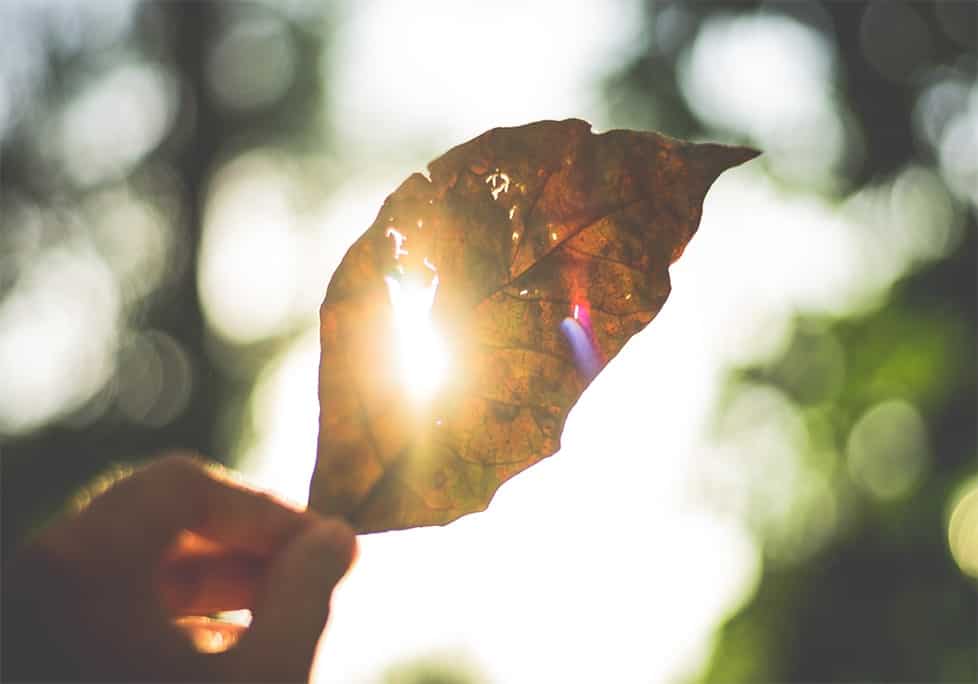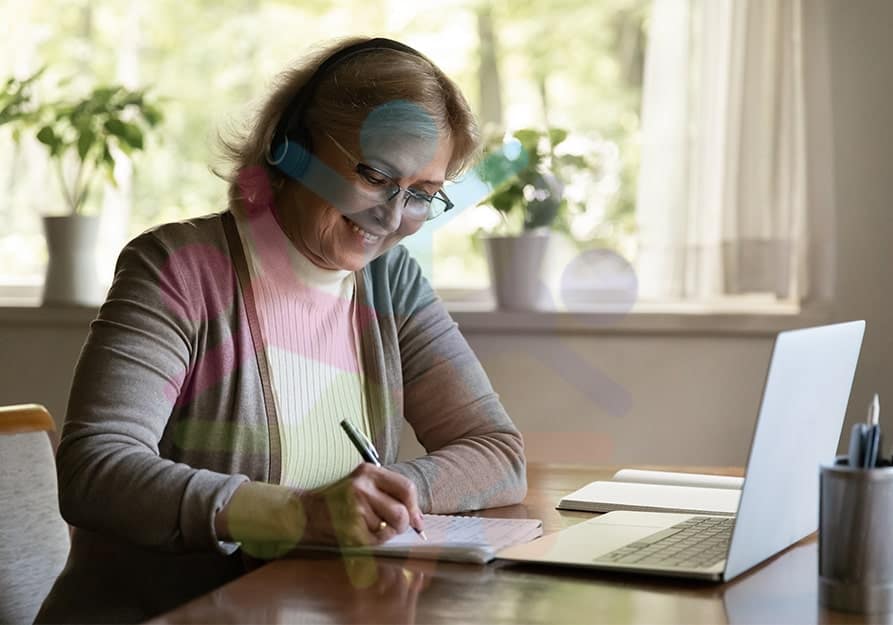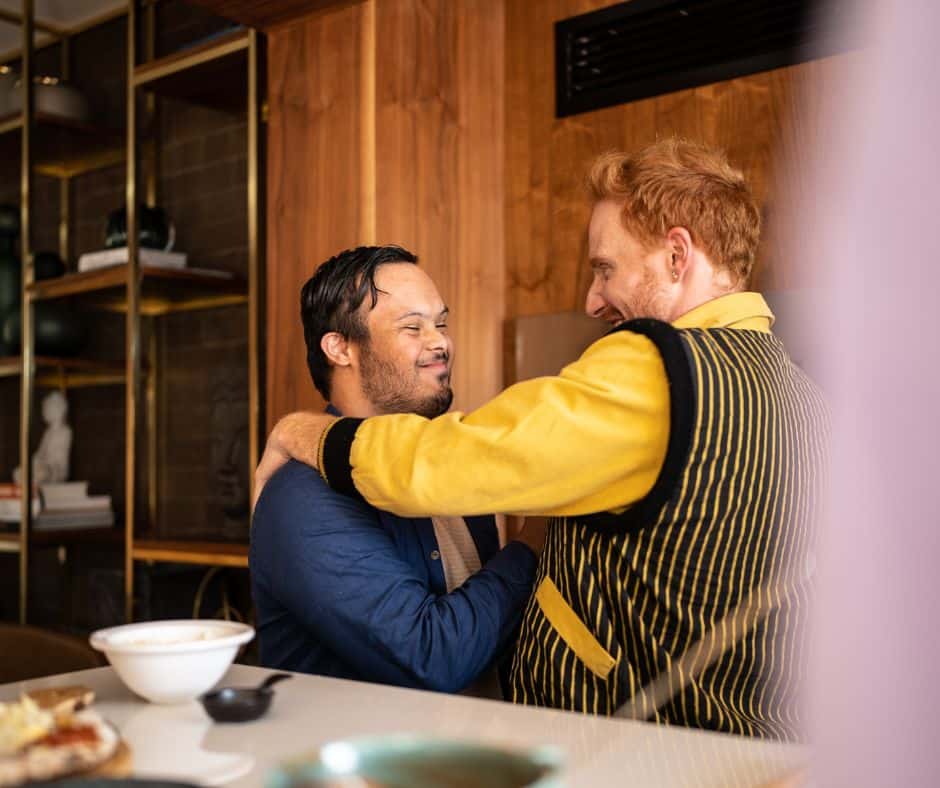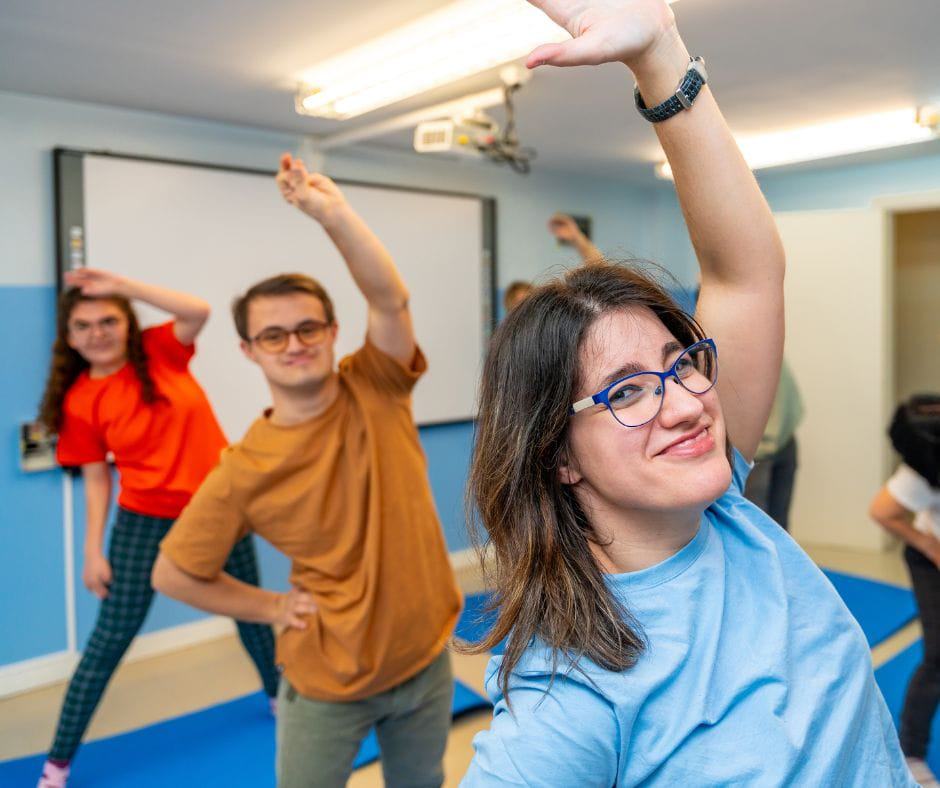As the summer has arrived once again, heat rash will be on the cards for many Australians. Heat rash — sometimes called prickly heat is a harmless but very itchy skin rash. It causes small red spots in places where sweat collects, such as the armpits, back, under the breasts, chest, groin, crooks of elbows and knees, and the waist. Here what our NDIS providers used to say about this irritating disease.
It happens when your body sweats more than usual, so it is usual to get it during the summer months or when you are in a hot climate.
Symptoms of Heat Rash?
Heat rash causes:
- tiny red spots or clear blisters. In babies, these are often in the skin folds, on the face or in the nappy area
- an irritating itch and prickling sensation
- redness and mild swelling of the affected area
Symptoms of heat rash last 2 to 3 days.
Heat rash is caused by a blockage and inflammation of sweat ducts in heat and high humidity.
It is common in newborn babies as their sweat glands haven’t developed properly yet. It can also happen in older children.
When Should I See My Doctor?
If the area becomes infected, you or your child may need antibiotics. See your doctor if:
- the blisters fill with pus
- the area is getting redder and more swollen or feels warm
- the rash lasts more than 3 days
- you or your child are unwell or have a fever
- you or your child have swollen lymph nodes
How Is Heat Rash Diagnosed?
Your doctor will diagnose heat rash by looking at the rash. They may take a swab to rule out an infection.
How Is Heat Rash Treated?
Heat rash normally goes away without treatment.
If you’re experiencing heat rash, here are some things that may help:
- When possible try to avoid sweating. Make sure there is good ventilation.
- If your baby has heat rash, make sure they are not swaddled in too many garments and avoid plastic mattresses.
- Try to wear loose cotton clothing which can help prevent you overheating and making the itch worse. Avoid fabrics which irritate your skin, like wool or scratchy fabrics.
- A cool bath or shower may help provide short-term relief from any itching, but excessive showering or bathing should be avoided as this can reduce the natural oils that protect the skin and may make it worse.
- There are medicines available to ease the symptoms of itching. Speak to your pharmacist for further advice and to make sure any medicines you take are suitable for you.
- Your pharmacist may recommend calamine lotion (which helps ease itching) or antihistamine medicines.
- Your pharmacist may also recommend a low-strength hydrocortisone cream. Hydrocortisone cream is a type of steroid cream used to treat inflammation.
- You many need antibiotics if the area becomes infected.
Speak to your pharmacist for advice on medicines available to ease the symptoms of itching.
Can Heat Rash Be Prevented?
Try to dress babies in appropriate clothing for the weather, without too many layers. Make sure you dry in the baby’s skin folds after a bath.
Data Courtesy: www.healthdirect.gov.au
Regards: OSAN Ability Assist










